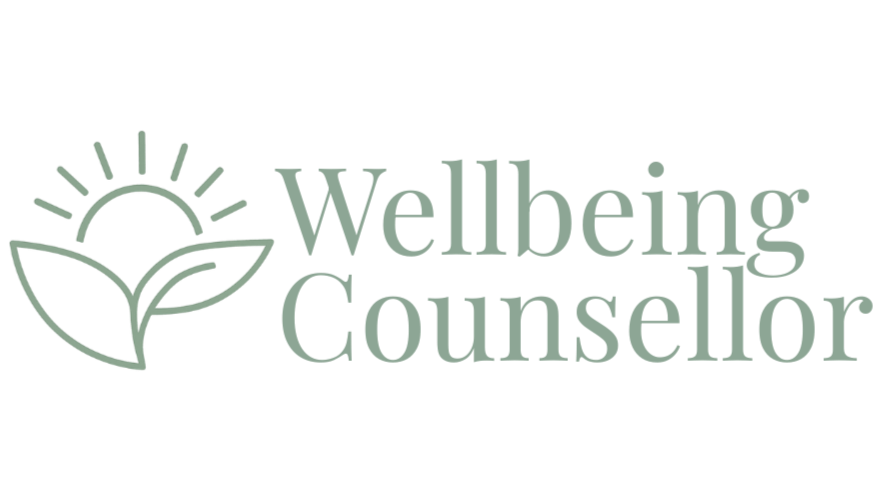Problematic Porn Use and The Stages of Addiction
Porn addiction & problematic pornography use
“Porn addiction” is a term many people use when describing their struggles. In therapy, we often refer to this as problematic pornography use (PPU), or out of control sexual behaviour, although there is no single consensus on terminology.
The caution against the word “addiction” is that it can feel too much like a negative, fixed label for some, which can also bring about judgement from others. There is also no such official diagnoses of “pornography addiction”, with many professionals in both sexual and mental health debating over this term. The closest diagnoses we currently have to explaining individual’s problematic use is Compulsive Sexual Behaviour Disorder in the ICD-11. The research is also murky in the area of porn addiction, however, I have heard more and more experts in the field acknowledge new research (and read this research) that say that there is a high likelihood that pornography is addictive to some individuals in the way that it impacts their brain, behaviours, and life.
Regardless of language and diagnoses, what matters most is the impact on your life. You do not necessarily have to be “addicted” to experience pornography use as a problem. Whether addiction is present or not, your issues are still important and valid. Problematic pornography use describes when porn use feels out of control, leads to significant distress, and negatively affects daily functioning.
In this video I explain the signs you might be experiencing problematic use or porn addiction, how it impacts your brain, behaviour, and life.
Stages of Porn Addiction
Stage 1: Binge/Intoxication
This is the initial pleasure stage of addiction and where desensitisation and tolerance begins.
This is the impulsive stage where drugs or addictive behaviors (like pornography use) activate the brain's reward system.
There is a flood of dopamine in the Nucleus Accumbens (NAcc), the brain's reward center.
This dopamine surge causes acute positive reinforcement of the behavior.
The brain forms strong learning associations between the behavior and pleasure.
Continued dopamine release in the NAcc leads to increased dynorphin levels- this is the brain chemical brake to slow the release of dopamine and lessens the brains responsivity to dopamine
This results in a decrease in the reward threshold – desensitization. This means you don’t feel as much pleasure as you did before.
An increase in tolerance – you need more pornography, or more extreme pornography to feel the same effect.
Stage 2: Withdrawal/ Crash
This is the "Dark Side" of addiction: where you are driven to escape discomfort. After the high, there comes the crash.
Following the initial high, the brain enters a state of negative emotional distress.
This stage activates the extended amygdala, a brain region associated with pain and fear.
Symptoms include anxiety, depression, dysphoria, and irritability.
The motivation for the behavior shifts from seeking pleasure to avoiding these negative emotions (known as negative reinforcement).
Desensitisation and tolerance continues to increase. You feel less and less pleasure, and “need” more and more porn.
Sensitivity to natural rewards decreases, making everyday activities less enjoyable.
Anhedonia: when you are incapable of experiencing pleasure from natural rewards
You feel numb, empty, depressed
Stage 3: Preoccupation/ Craving
This is characterised by powerful craving and loss of control.
Intense craving for the addictive behavior. Less liking and more wanting, or “needing”.
Neuroplastic impairments (changes to the brain) extend to the prefrontal cortex (brain’s control centre), which controls motivation, self-regulation, decision-making, and executive functions.
Deficiencies in inhibitory control: The ability to resist urges and control impulses is compromised.
Increased salience of cues: Triggers (like stress, emotions, specific images) powerfully activate the reward system, making it very hard to resist.
DeltaFosB: This protein builds up slowly but persists for weeks or months, increasing reward pathway sensitivity and contributing significantly to the chronic relapsing nature
This stage is the root of addiction's "chronic relapsing disorder" nature.
Online Counselling for Pornography Addiction
I offer counselling for porn addiction, online in Australia. If you would like to know more about pornography and how it impacts individuals, read my blog, Seeking Therapy for Porn Addiction. In this other blog post I outline what to expect from pornography addiction counselling.
ReferencesLove T, Laier C, Brand M, Hatch L, Hajela R. Neuroscience of internet pornography addiction: A review and update. Behav Sci (Basel). 2015;5(3):388–433.
Jha A, Banerjee D. Neurobiology of sex and pornography addictions: A primer. J Psychosex Health. 2022;4(4):227–36.
Gola M, Wordecha M, Sescousse G, Lew-Starowicz M, Kossowski B, Wypych M, et al. Can pornography be addictive? An fMRI study of men seeking treatment for problematic pornography use. Neuropsychopharmacology. 2017;42(10):2021–31.
Jha A, Banerjee D. Neurobiology of sex and pornography addictions: A primer. J Psychosex Health. 2022;4(4):227–36.
De Sousa A. Neurobiology of pornography addiction. J Neurosciences Rural Practice. 2017;8(2):217–20.
